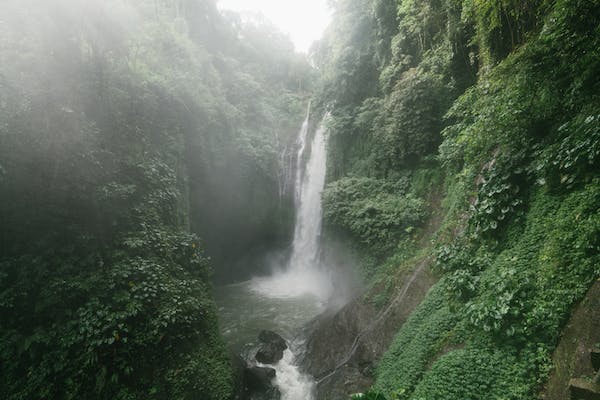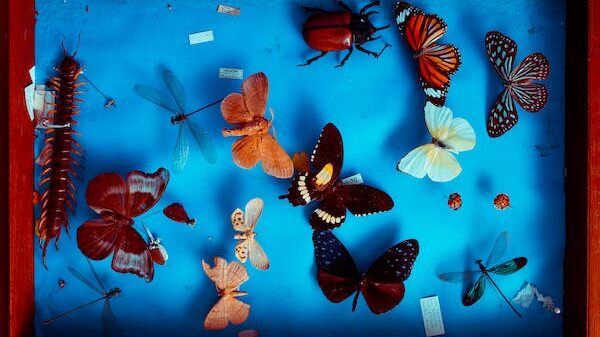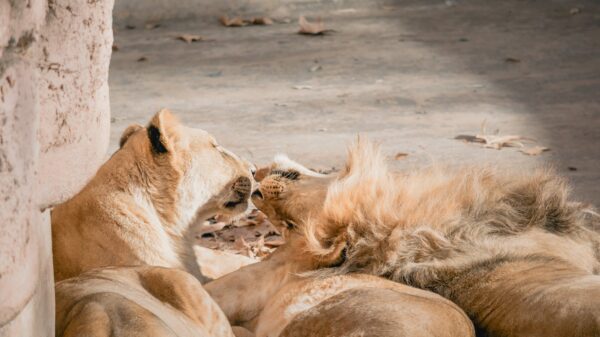Welcome to the wild wonders of the animal kingdom! From the tiniest insects to the majestic predators, this diverse world never fails to amaze us. Whether you’re a nature enthusiast or just looking for an escape from everyday life, there’s always something new and exciting to discover in the vast realm of creatures that inhabit our planet. Join us on a journey of exploration through some of Earth’s most fascinating inhabitants – we promise it’ll be wild!
Introduction to the Animal Kingdom and its Diversity
The Animal Kingdom is one of the most fascinating and diverse parts of the natural world. It is home to an incredible array of creatures, from the smallest insects to the largest mammals. Each has its own unique adaptations that allow it to survive in its particular environment.
TheAnimal Kingdom can be divided into several different groups, each with its own distinct characteristics. The most common way of grouping animals is by their level of complexity. The simplest animals are single-celled organisms such as bacteria and protozoans. These are followed by more complex creatures such as sponges, jellyfish, worms, and mollusks. These latter groups are often referred to as invertebrates because they lack a backbone.
The next level of complexity is found in animals with a backbone, or vertebrates. This group includes fish, amphibians, reptiles, birds, and mammals. Vertebrates are further divided into two main groups: those with an exoskeleton (such as crabs and lobsters) and those with an endoskeleton (such as humans and other mammals).
Each group of animals has its own unique set of adaptations that enable it to thrive in its environment. For example, some animals have developed the ability to fly, while others have adapted to life in the water. Some have camouflage patterns that help them blend in with their surroundings, while others have brightly colored bodies that warn predators of their poisonous nature.
No matter what their particular adaptations may be
Different Types of Animals and Their Unique Adaptations
There are approximately 8.7 million species of animals on Earth, each with their own unique adaptations that allow them to survive in their specific environments. Here are just a few examples of the incredible diversity within the animal kingdom:
1. The axolotl, a type of salamander, can regenerate its limbs, spinal cord, heart, and other organs.
2. The chameleon can change its skin color to match its surroundings for camouflage.
3. The echidna, a type of spiny anteater, has a long snout for reaching into anthills and termite mounds to eat insects. It also has sharp spines on its back for protection from predators.
4. The ostrich is the largest bird in the world and can run up to speeds of 45 mph (72 km/h). It cannot fly because its wings are too small in proportion to its body. However, it can use its powerful legs to kick predators away or even kill them with a single blow.
5. The whale shark is the largest fish in the world and can grow up to 60 feet (18 m) in length. It is a filter feeder that eats plankton and small fish by swimming with its mouth open through swarms of prey.
Learning About Different Animal Species Through Wildlife Photography
One of the best ways to learn about different animal species is through wildlife photography. By observing and photographing animals in their natural habitat, you can gain a better understanding of their behavior and ecology.
Wildlife photography can also be a great way to connect with nature and appreciate the beauty of the animal kingdom. While many people view animals as pests or dangerous creatures, wildlife photography can help change that perception by showing the viewer the animal’s true nature.
If you’re interested in learning more about different animal species through wildlife photography, there are a few things you should keep in mind. First, it’s important to have patience and be prepared to spend a lot of time waiting for that perfect shot. Second, always be respectful of the animals and their habitat. And lastly, have fun! Wildlife photography is a great way to connect with nature and learn about the amazing diversity of the animal kingdom.
Understanding Animal Behaviour and Conservation Efforts
Animal behavior is complex. To understand why animals do what they do, we must consider the animal’s environment and how it has adapted to its surroundings. We can also look at the animal’s evolutionary history to see how its behavior has changed over time. By understanding animal behavior, we can learn how to best conserve these animals and their habitats.
Animals behave in ways that help them survive in their environment. For example, many animals migrate to find food or mate. Migration can be a risky venture, but it allows animals to find the resources they need to survive. Some animals hibernate during winter when food is scarce. This helps them conserve energy and avoid predators.
Animals also use camouflage, mimicry, and warning coloration to protect themselves from predators. Camouflage allows an animal to blend in with its surroundings and avoid being seen by predators. Mimicry involves an animal looking like another species that is poisonous or otherwise dangerous. This confuses predators and protects the mimicking animal from being eaten. Warning coloration is used by some animals to signal that they are poisonous or dangerous. This serves as a warning to predators and helps the animal avoid being eaten.
By understanding how animals behave, we can learn how to best conserve them and their habitats
Visiting Zoos, Wildlife Sanctuaries, and National Parks
When it comes to animal encounters, there’s nothing quite like seeing them in their natural habitat. But if you can’t make it out into the wild, the next best thing is to visit a zoo, wildlife sanctuary, or national park. These places are dedicated to protecting and preserving animals and their habitats, and they offer up-close encounters that you won’t find anywhere else.
Zoos are great for getting an up-close look at animals from all over the world. Many zoos also have educational programs that can teach you about the animals and their habitats. Wildlife sanctuaries are similar to zoos, but they typically rescue animals that have been injured or orphaned in the wild. These sanctuaries provide a safe haven for these animals to live out their lives. National parks are huge tracts of land that are set aside for conservation. These parks are home to many different kinds of animals, and they offer opportunities for camping, hiking, and other outdoor activities.
No matter which type of animal encounter you’re looking for, there’s sure to be a place that has what you’re looking for. So get out there and explore the amazing diversity of the animal kingdom!
How to Make a Positive Impact on Animal Conservation?
There are many ways that individuals can make a positive impact on animal conservation. One way is to support organizations that are working to protect and conserve wildlife and their habitats. Another way is to reduce your own consumption of animal products and encourage others to do the same. You can also help by spreading awareness about the importance of animal conservation and the ways that we can all help to protect our planet’s wildlife.
Conclusion
The animal kingdom is a vast and diverse place, filled with incredible wildlife. From the smallest of insects to the majestic creatures of the wild, each species plays an important role in keeping our planet healthy and vibrant. Exploring these wild wonders is something that we should all strive for as it can open our eyes to just how beautiful this world truly is. So take some time out from your day to discover all the amazing animals on Earth – you’re sure to be amazed!










